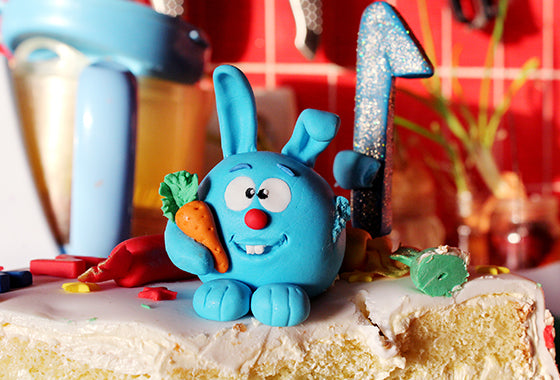
Top character design tips
01. Decide who your character design is aimed at
Think about your audience. Character designs aimed at young children, for example, are typically designed around basic shapes and bright colors. If you're working for a client, the character's target audience is usually predetermined.
"Commissioned character designs are usually more restrictive but no less creative. Clients have specific needs but also want me to do my 'thing'. Usually, I'll break down the core features and personality."
"For example, if the eyes are important then I'll focus the whole design around the face, making this the key feature that stands out."
02. Decide where your character will appear
Where will the character design be seen and in what medium? This will have a direct bearing on how you go about your character design. For example, if it's for a mobile-phone screen, there's no point designing it to have a lot of intricate details and features.
03. Research other designs
It can be helpful to try and deconstruct why certain character designs work and why some don't. There's no shortage of research material to be found, with illustrated characters appearing everywhere: on TV commercials, cereal boxes, shop signs, stickers on fruit, animations on mobile phones, and more.
Study these character designs and think about what makes some successful and what in particular you like about them.
Whether you're creating a monkey, robot or monster, you can guarantee there are going to be a hundred other similar creations out there. Your character design needs to be strong and interesting in a visual sense to get people's attention.
When devising The Simpsons, Matt Groening knew he had to offer the viewers something different. He reckoned that when viewers were flicking through TV channels and came across the show, the characters' unusually bright yellow skin color would grab their attention.
05. Use line qualities and styles to describe your character
The drawn lines of which your character design is composed can go some way to describing it. Thick, even, soft and round lines may suggest an approachable, cute character, whereas sharp, scratchy and uneven lines might point to an uneasy and erratic character.
06. Use exaggerated characteristics
Exaggerating the defining features of your character design will help it appear larger than life. Exaggerated features will also help viewers to identify the character's key qualities.
Exaggeration is key in cartoon caricatures and helps emphasize certain personality traits. If your character is strong, don't just give it normal-sized bulging arms, soup them up so that they're five times as big as they should be.
07. Choose colors carefully
Colours can help communicate a character's personality. Typically, dark colors such as black, purples and greys depict baddies with malevolent intentions.
Light colors such as white, blues, pinks and yellows express innocence, good and purity. Comic-book reds, yellows, and blues might go some way to giving hero qualities to a character design.

Post a Comment!